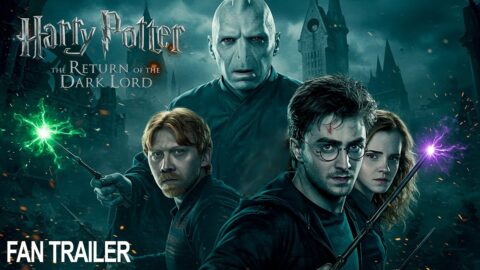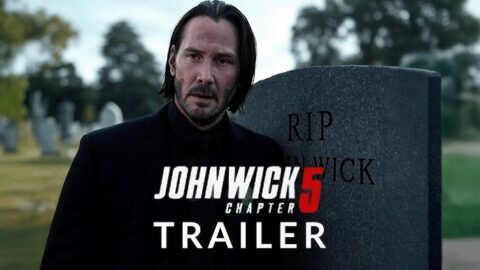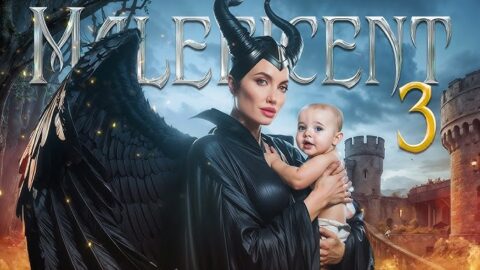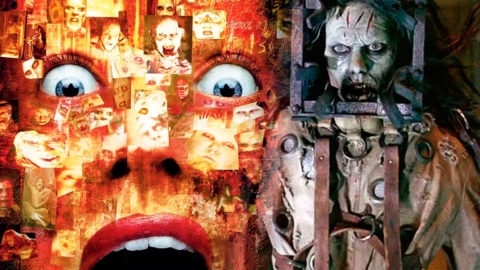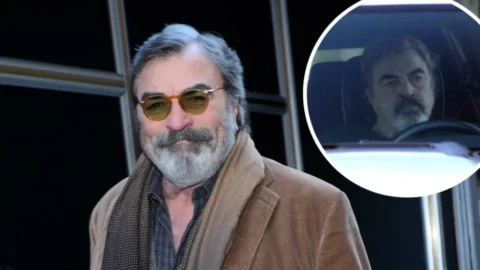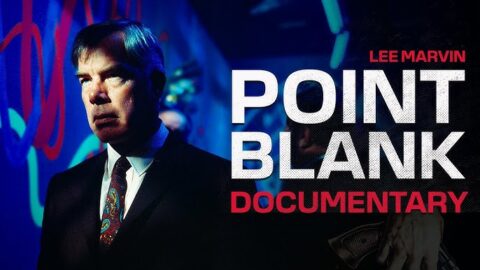Genre: True Crime | Psychological Drama | Neo-Noir
In Cold Blood (1967) is a chilling, groundbreaking true crime film that redefined how real-life horrors could be brought to the screen—stark, unsparing, and unsettlingly intimate. Directed by Richard Brooks and based on Truman Capote’s landmark 1966 nonfiction book, this adaptation is not just a crime story but a bleak look into the American psyche, exploring the thin, fraying line between normality and monstrosity.
The film faithfully reconstructs the 1959 murders of the Clutter family—ordinary, hardworking Kansans who became the tragic victims of a senseless crime. Two ex-con drifters, Perry Smith (Robert Blake) and Dick Hickock (Scott Wilson), plan what they think will be a quick robbery of the Clutter farm based on a tip about hidden cash. But what begins as a simple heist spirals into a brutal killing spree that leaves four innocent people dead and a small rural community forever scarred.
Brooks’ adaptation stays unnervingly close to the facts, presenting the murders and the killers’ desperate flight with documentary-like precision. Yet what makes In Cold Blood endure is its refusal to exploit the violence for shock—it’s cold, matter-of-fact, forcing the audience to confront the banality of evil without sensationalism.
Robert Blake’s portrayal of Perry Smith is mesmerizing—sensitive yet simmering with rage and deep wounds that bubble up in tragic, terrifying ways. Scott Wilson’s Dick Hickock is slicker, cockier, and more morally vacant, a perfect counterpoint to Perry’s tortured contradictions. Together, they form a portrait of lost men shaped by abuse, poverty, and a world that offered them no place to belong.
The film’s stark black-and-white cinematography, shot by Conrad Hall, is legendary—rain-slick highways, neon-lit motels, and wide-open Kansas fields become haunting visual metaphors for isolation and fatalism. One of the film’s most striking moments is a single tear that slips down Perry’s face during his confession, illuminated by a swinging overhead lamp—one of the most haunting shots in all of American cinema.
In Cold Blood is not interested in giving viewers easy villains or heroes. It doesn’t glorify or excuse. Instead, it forces us to stare into the abyss that Capote so famously documented—asking how two men could slaughter a family they’d never met, and how society then must reckon with the monsters it creates.
The film’s impact lingers because it doesn’t offer closure. It ends with executions and headlines, but no catharsis—only the grim sense that these two drifters, Perry and Dick, are not so easily separated from the world that shaped them.
More than half a century later, In Cold Blood remains a cornerstone of true crime cinema—stark, haunting, and deeply humane in its unflinching gaze at how violence can seep into the quiet corners of American life. It’s not just a crime story—it’s an American tragedy.

